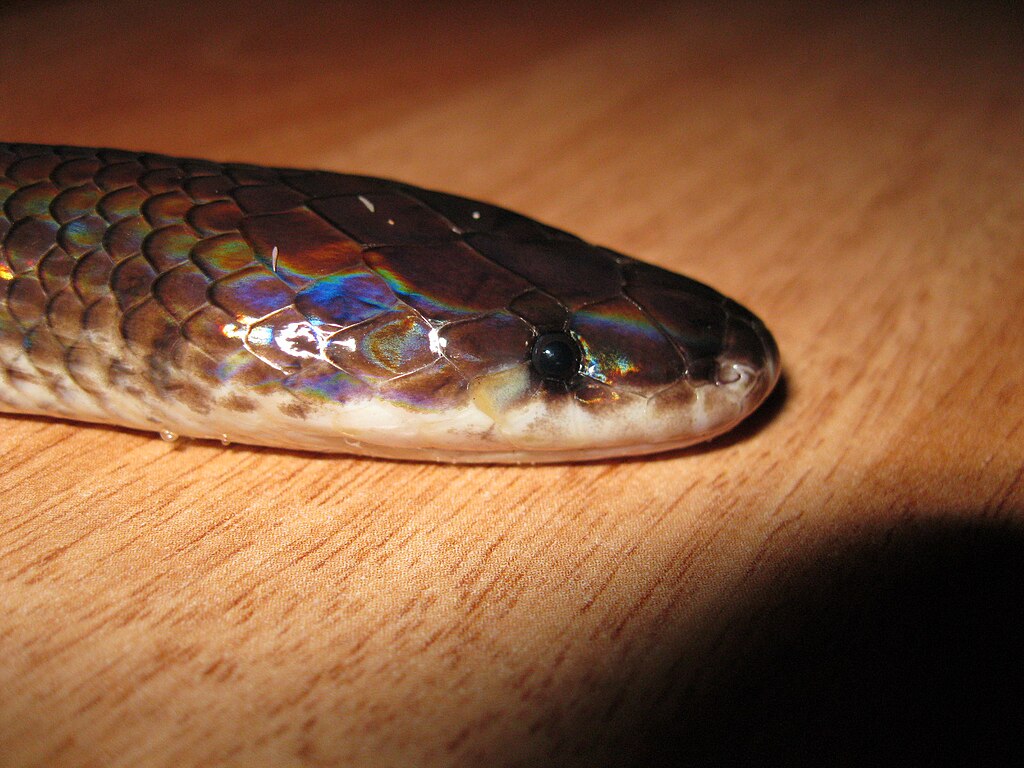When it comes to the fascinating world of snake behavior, few processes are as misunderstood as regurgitation. Unlike mammals who might vomit due to illness or food poisoning, snakes have evolved regurgitation as both a survival mechanism and a response to environmental and physiological stressors. This complex defensive behavior serves multiple purposes in a snake’s life, from escaping predators to addressing improper husbandry conditions. Whether you’re a snake owner concerned about your pet’s health or simply curious about these remarkable reptiles, understanding why and how snakes regurgitate their meals provides valuable insight into their biology and needs.
The Fundamental Difference Between Regurgitation and Vomiting
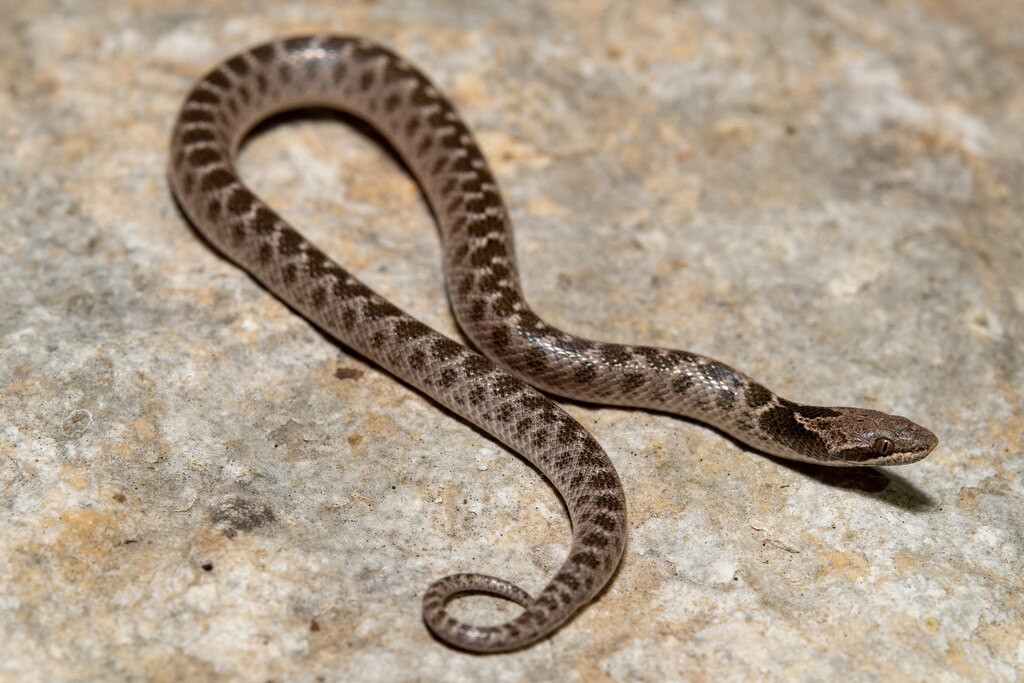
In snakes, there’s an important distinction between regurgitation and vomiting that often gets overlooked. Regurgitation typically involves the expulsion of a meal that hasn’t yet been fully digested, often with the prey item still relatively intact and recognizable. Vomiting, on the other hand, usually contains partially digested food mixed with digestive fluids and has a more liquid consistency. Snakes primarily regurgitate rather than vomit, pushing out food from their esophagus before it reaches the stomach or in the early stages of digestion. This distinction matters because the causes and treatments for each can differ significantly, with regurgitation often being a behavioral response while vomiting more commonly indicates illness or toxicity. Understanding this difference helps snake owners and veterinarians better diagnose and address the underlying issues when a snake expels its food.
Stress as a Primary Trigger
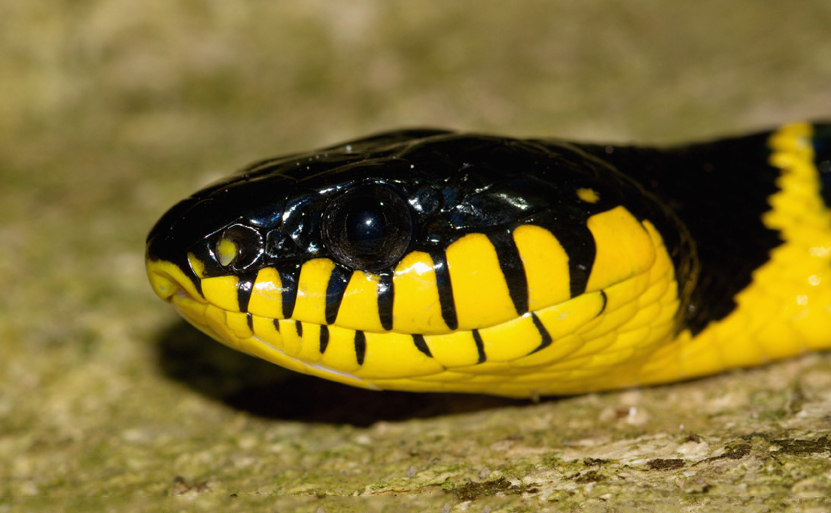
Stress represents one of the most common reasons why snakes regurgitate their meals, acting as a powerful trigger that can disrupt their digestive processes. When a snake feels threatened or experiences environmental stress, its body diverts energy away from digestion and toward survival mechanisms, making the partially digested meal a burden rather than a benefit. Common stressors include handling too soon after feeding, sudden changes in the enclosure setup, loud noises, or the presence of potential predators nearby. In captivity, even seemingly minor disruptions like cleaning the enclosure or rearranging furniture in the room can trigger stress responses in sensitive snake species. The time period immediately following a meal, usually 48-72 hours, represents a particularly vulnerable window when snakes are most likely to regurgitate if stressed, which is why experienced keepers enforce strict “no handling” rules during this digestive period.
Temperature Regulation Problems

Snakes are ectothermic creatures that rely on external heat sources to regulate their body temperature, making proper thermal conditions crucial for digestion. When environmental temperatures fall below the optimal digestive range for a particular species, the snake’s digestive enzymes become less effective, and the process of breaking down prey slows dramatically or even halts. In too-cool environments, undigested food can begin to rot in the snake’s stomach, potentially leading to bacterial growth and forcing the snake to regurgitate to avoid toxicity. Conversely, temperatures that are too high can speed up bacterial growth in the prey item while simultaneously stressing the snake, creating another scenario where regurgitation becomes necessary. Each snake species has a preferred temperature gradient called the Thermal Optimal Zone (TOZ), within which their digestive system functions most efficiently, and maintaining this proper gradient with warmer basking spots and cooler retreat areas is essential for preventing digestive complications.
Prey Size and Feeding Frequency Issues
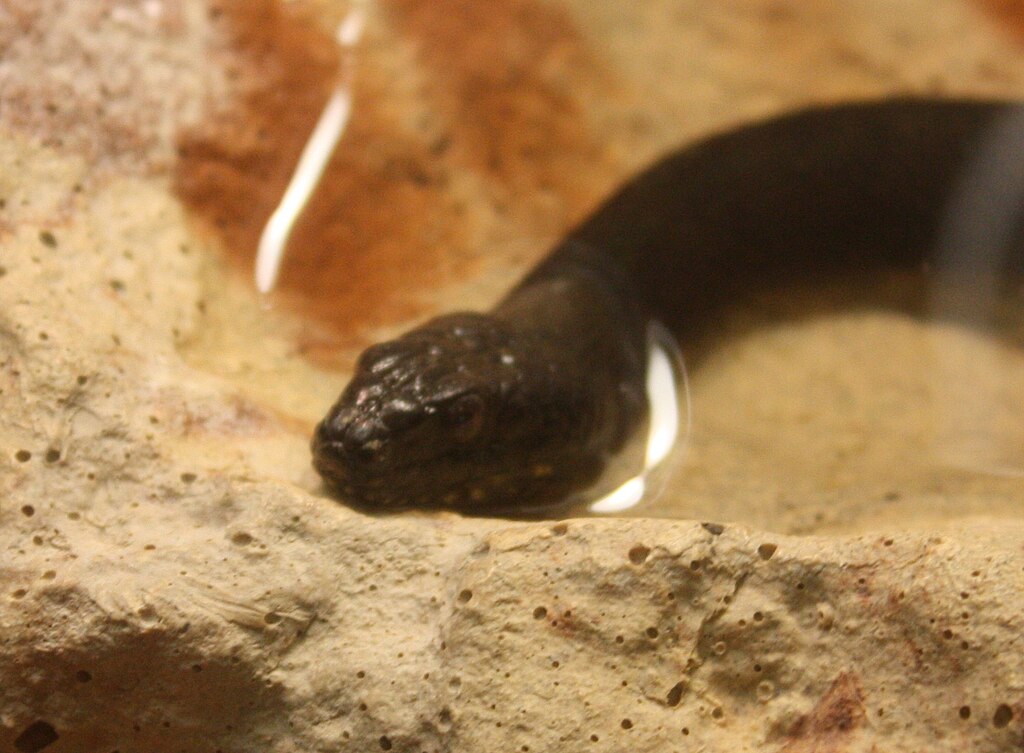
Despite their remarkable ability to consume prey much larger than their head, snakes have limits to what they can successfully digest, and exceeding these limits often results in regurgitation. A prey item that’s too large creates excessive strain on the snake’s digestive system, requiring more energy to break down than the snake might gain from the meal. This energy deficit becomes particularly problematic when multiple large meals are offered too close together, overwhelming the digestive capacity of the snake. Young or growing snakes are especially vulnerable to feeding errors, as their digestive systems are still developing and less capable of handling proportionally large prey. As a general guideline, most keepers recommend feeding prey items that are no wider than 1-1.5 times the widest part of the snake’s body, with appropriate spacing between meals depending on the species, age, and size of the snake. Recognizing these limitations helps prevent the metabolic stress that leads to regurgitation and promotes healthier long-term feeding practices.
Bacterial and Parasitic Infections
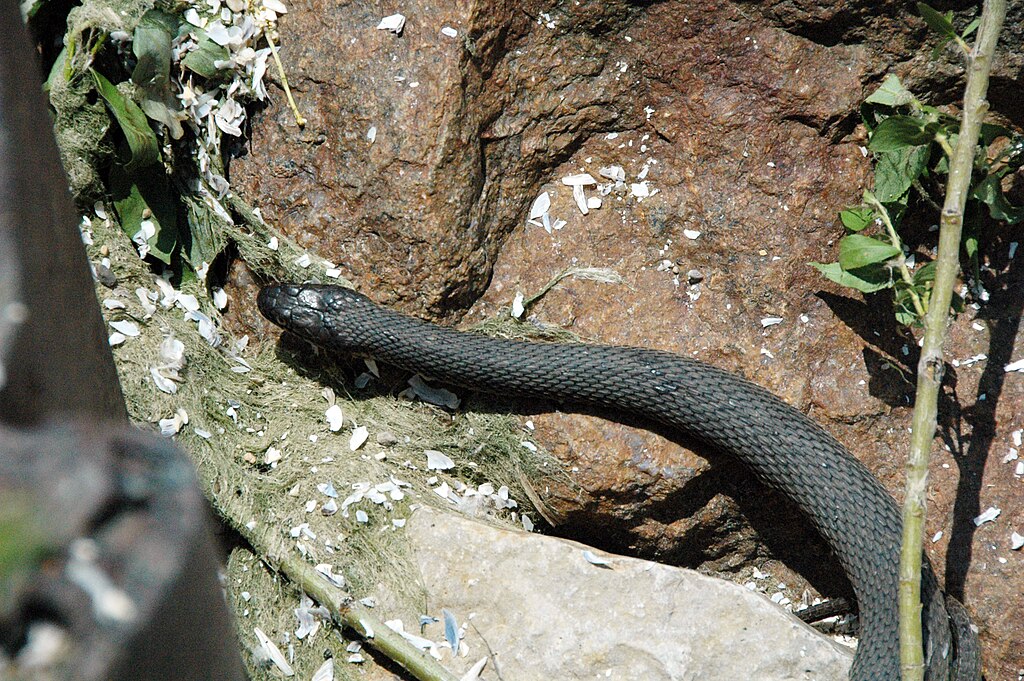
The digestive tract of a snake provides an ideal environment for certain pathogens when digestive function becomes compromised, with bacterial and parasitic infections representing serious health concerns that commonly lead to regurgitation. Bacteria like Salmonella and parasites such as cryptosporidium, flagellates, and various worms can irritate the gastrointestinal lining, impair nutrient absorption, and trigger inflammatory responses that disrupt normal digestive processes. In captivity, these infections often result from feeding unsanitary prey items, maintaining improper enclosure hygiene, or introducing new snakes without proper quarantine procedures. The symptoms typically extend beyond just regurgitation to include lethargy, weight loss, abnormal feces, and visible discomfort. Unlike stress-related regurgitation which usually occurs shortly after feeding, pathogen-induced regurgitation may happen days later and often recurs even with perfect husbandry conditions, signaling the need for veterinary intervention with appropriate antibiotic or antiparasitic treatments based on fecal testing and clinical examination.
Defensive Mechanisms for Predator Evasion
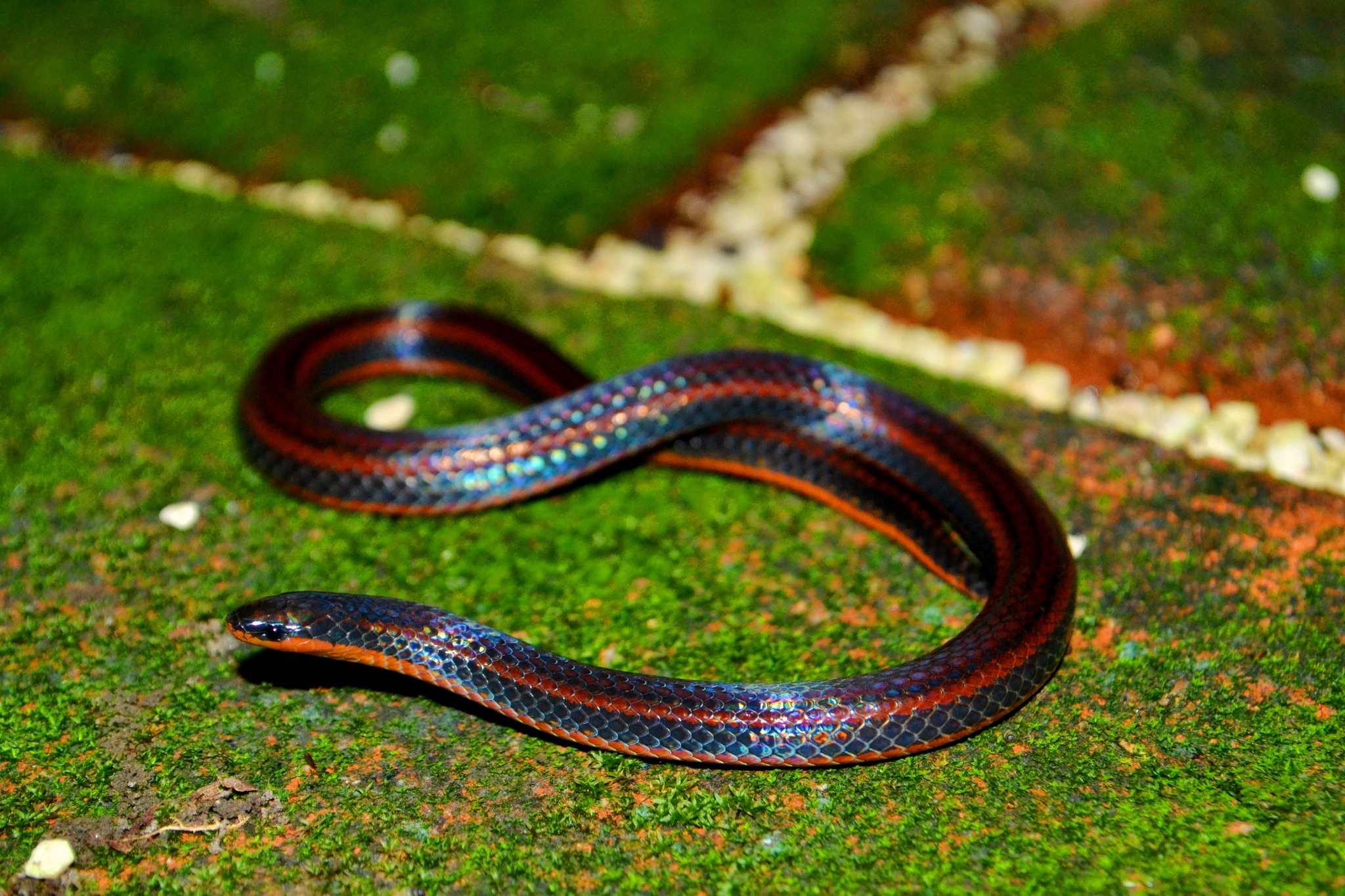
Evolution has equipped snakes with the remarkable ability to regurgitate as a sophisticated anti-predator adaptation that can mean the difference between life and death in dangerous encounters. When pursued by a predator, a snake that has recently consumed a meal faces significant disadvantages in terms of mobility and escape speed, as the bulge of prey in its digestive tract restricts its normal flexibility and increases its body weight. Regurgitation allows the snake to rapidly lighten its load, improving its chances of escaping through quick, agile movements that wouldn’t be possible while digesting. Additionally, the expelled prey item can serve as a distraction for the pursuing predator, potentially shifting its attention away from the snake to the easier meal already provided. This defensive strategy demonstrates the remarkable cost-benefit calculations inherent in snake biology, where the loss of a valuable meal is deemed preferable to losing their life, highlighting the evolutionary pressures that have shaped reptilian survival mechanisms over millions of years.
Dehydration and Its Effects on Digestion

Water plays a crucial role in the snake’s digestive process, with adequate hydration being essential for the proper functioning of digestive enzymes and the transportation of nutrients throughout the body. When a snake becomes dehydrated, its digestive secretions become more concentrated and less effective, slowing down or even halting the breakdown of prey items in the stomach. Chronic dehydration can lead to a condition where the prey item begins to dry out inside the digestive tract, creating a physical blockage that the snake must regurgitate to clear. This issue is particularly common in captive environments with insufficient humidity or inadequate access to fresh water, especially for species from tropical or humid natural habitats. Signs of dehydration often accompany regurgitation in these cases, including wrinkled skin, sunken eyes, tacky mucous membranes, and the production of hard, dry waste matter. Correcting hydration issues through proper humidity levels, regular misting, appropriate water dish size, and sometimes even soaking treatments can significantly reduce the likelihood of dehydration-related regurgitation.
Improper Prey Preparation in Captivity
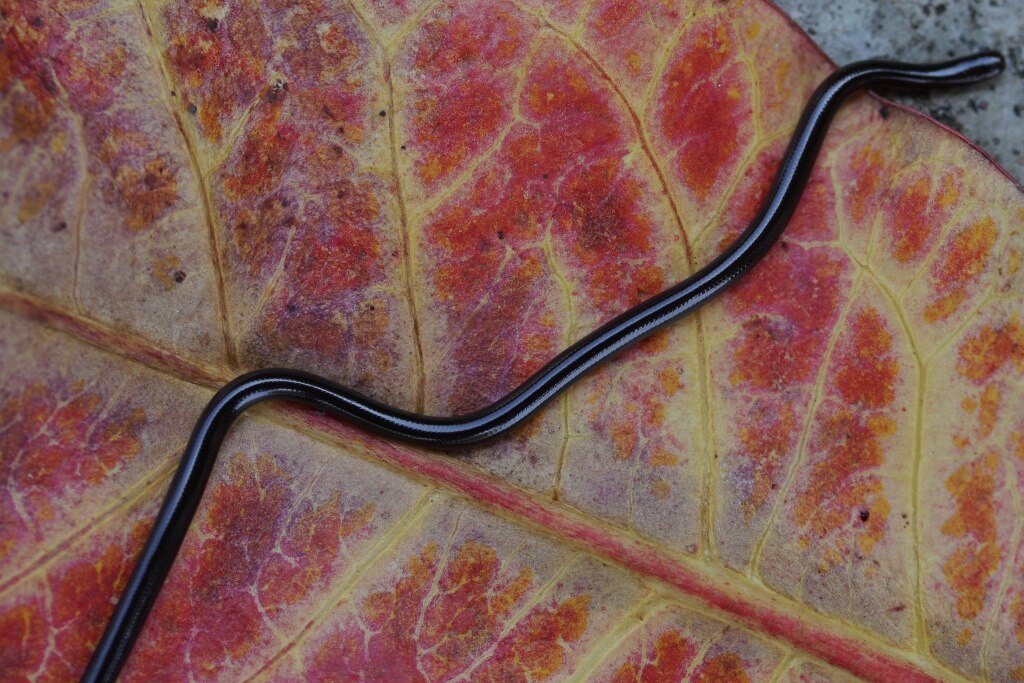
For captive snakes, the way prey items are prepared and presented can significantly impact digestive success, with improper preparation being a common but preventable cause of regurgitation. Frozen-thawed prey items that aren’t thoroughly defrosted to core temperature may cause thermal shock to the snake’s digestive system when consumed, triggering a protective regurgitation response. Similarly, prey items that have been thawed and refrozen multiple times often develop harmful bacteria that can cause digestive upset or food poisoning in the snake. Thawing methods matter as well, with prey items defrosted in microwave ovens potentially developing hot spots that can cause internal burns, while those thawed in standing water for too long may become waterlogged and nutrient-depleted. Experienced keepers recommend controlled thawing at room temperature or in refrigerated settings, followed by warming the prey item to slightly above room temperature using hot water or heating pads to simulate the body temperature of live prey, making it both more appealing to the snake and less likely to cause digestive complications.
Health Conditions That Cause Digestive Disruption
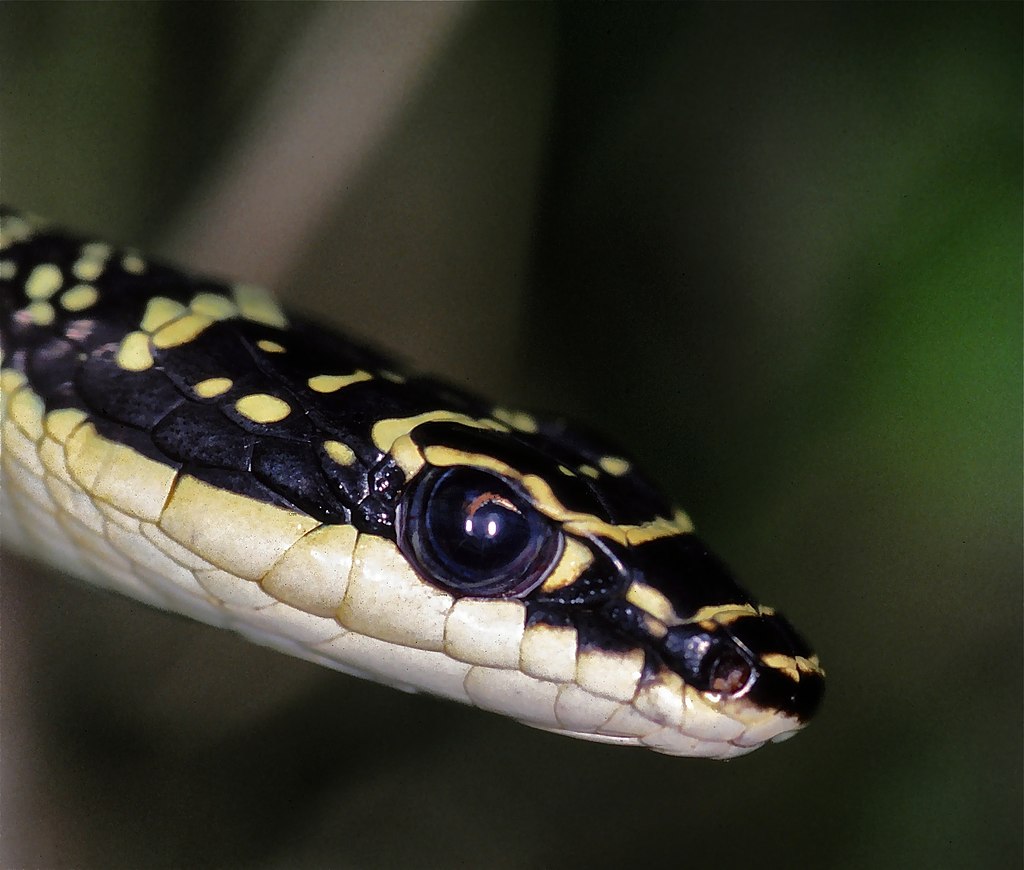
Various underlying health conditions can significantly impact a snake’s ability to digest food properly, often manifesting as repeated regurgitation episodes that don’t resolve with husbandry improvements. Diseases affecting the liver, pancreas, or kidney function can impair the production or release of digestive enzymes and bile, making proper food breakdown impossible even under ideal conditions. Gastrointestinal obstructions from ingested substrate, foreign bodies, or internal masses like tumors can physically block the passage of food, forcing its expulsion through regurgitation. Metabolic bone disease resulting from calcium deficiencies or improper UVB exposure can affect the muscular contractions necessary for moving food through the digestive tract. Cardiac conditions may reduce blood flow to the digestive organs, impairing their function and triggering regurgitation as a secondary symptom. These complex medical issues typically require professional veterinary diagnosis through physical examination, blood work, imaging studies, and sometimes exploratory procedures, followed by specific treatments ranging from medication and dietary adjustments to surgical intervention depending on the underlying cause.
Post-Regurgitation Care Protocol
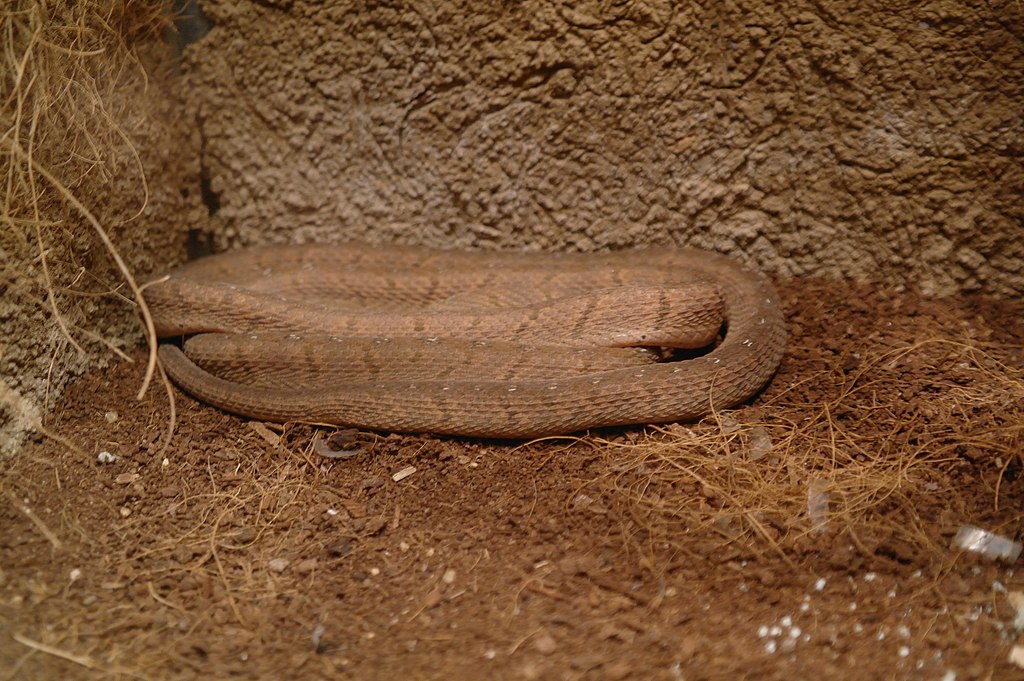
After a snake regurgitates a meal, proper care becomes essential to prevent further complications and help the animal recover from the physically taxing experience. The digestive tract suffers significant stress during regurgitation, with stomach acids potentially damaging the esophageal lining and depleting the snake’s energy reserves and digestive enzymes. Most herpetological experts recommend a fasting period of at least two weeks following a regurgitation event to allow complete healing of the digestive tract before attempting another feeding. During this recovery period, maintaining optimal environmental parameters becomes even more critical, with stable temperatures in the higher end of the species’ preferred range to support healing and metabolism. Offering fresh water is essential, though some keepers recommend temporarily removing large water bowls if the snake appears weak to prevent accidental drowning. When reintroducing food, starting with prey items significantly smaller than normal (approximately 50-60% of the regular size) reduces digestive strain while still providing nutrition. Multiple small, successful feedings should precede a return to the snake’s normal feeding schedule and prey size, with each successful digestion building confidence in the snake’s recovered health.
Seasonal and Reproductive Influences
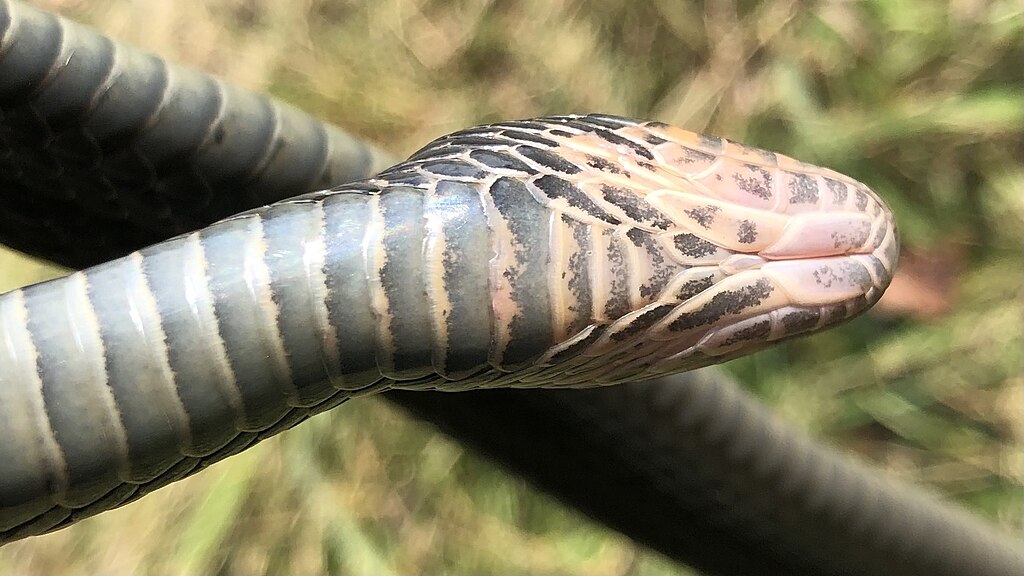
The natural cycles that govern snake biology can profoundly influence digestive behaviors, with seasonal changes and reproductive conditions often triggering regurgitation events that may be normal biological responses rather than indications of illness. Many snake species naturally enter periods of reduced appetite or complete food refusal during brumation (a reptilian form of hibernation), and meals offered too close to these periods may be regurgitated as the metabolic rate decreases. Female snakes undergoing follicular development or carrying eggs or embryos experience significant physiological changes, with the growing reproductive structures taking up considerable space in the body cavity that normally accommodates expanding stomach contents. Gravid females commonly regurgitate meals as their eggs or embryos develop, prioritizing reproduction over nutrition during this crucial life stage. Males of certain species may also refuse food or regurgitate meals during breeding season, when hormonal changes redirect energy toward reproductive behaviors rather than digestion. These biologically driven regurgitation events typically resolve once the seasonal or reproductive trigger has passed, distinguishing them from pathological causes that require intervention.
Species-Specific Digestive Vulnerabilities

Different snake species exhibit varying degrees of sensitivity to factors that can trigger regurgitation, with evolutionary adaptations and natural history playing important roles in digestive resilience. Arboreal species like emerald tree boas and green tree pythons have specialized digestive systems adapted to their sedentary lifestyle and infrequent, large meals, making them particularly prone to regurgitation when handled after feeding. Ball pythons, known for their stress sensitivity, frequently regurgitate in response to minor environmental changes that other species might tolerate without issue. Species from stable tropical environments, such as rainbow boas and blood pythons, often show less tolerance for temperature fluctuations than temperate species like rat snakes, which naturally experience greater seasonal variation in their native habitats. Fast-metabolism colubrids like corn snakes and king snakes typically process food more quickly and show greater digestive resilience than large constrictors with slower metabolisms like Burmese pythons. Understanding these species-specific vulnerabilities allows keepers to tailor husbandry practices to the particular needs of their snake, implementing preventative measures that acknowledge the evolutionary and physiological characteristics unique to each type of serpent.
Prevention Through Proper Husbandry Practices
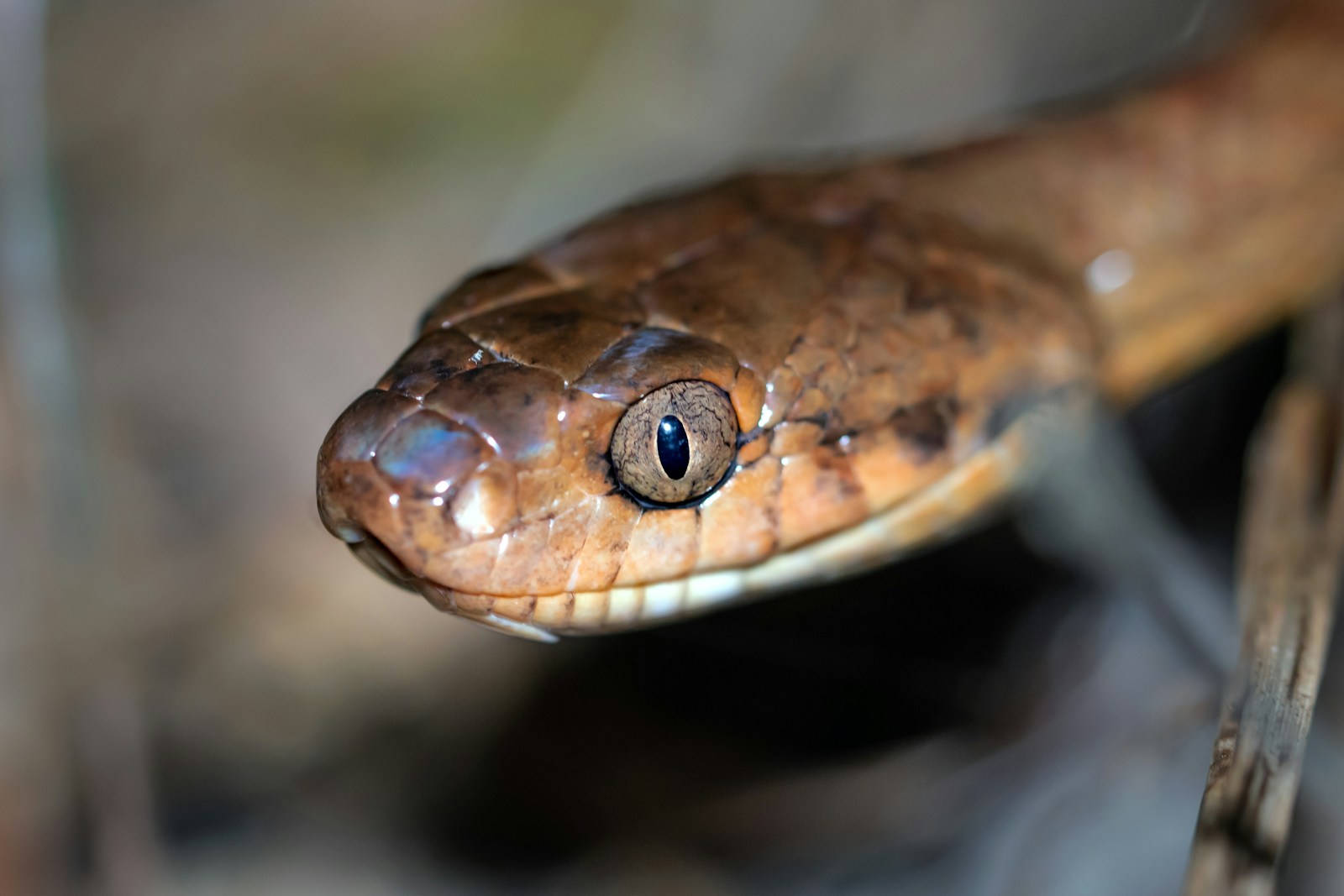
The vast majority of regurgitation incidents in captive snakes can be prevented through diligent attention to husbandry practices that support natural digestive processes. Creating appropriate thermal gradients with properly regulated heating elements allows the snake to self-regulate its body temperature, moving between warmer and cooler areas as needed during digestion. Maintaining species-appropriate humidity levels, particularly for tropical species, prevents the dehydration that commonly contributes to digestive failure. Establishing and following a consistent feeding schedule with appropriately sized prey items respects the metabolic capabilities of the individual snake, while allowing sufficient time between meals ensures complete digestion before introducing more food. Perhaps most importantly, implementing strict no-handling periods for at least 48-72 hours after feeding (longer for larger meals or larger snake species) gives the animal the stress-free environment needed for proper digestion. Creating secure hiding spots within the enclosure helps reduce stress by providing the snake with a sense of security, while keeping disturbances like enclosure maintenance, loud noises, and exposure to potential predators (including household pets) to a minimum during critical digestive periods. These preventative measures not only reduce regurgitation incidents but promote overall health and longevity in captive snakes.
Conclusion
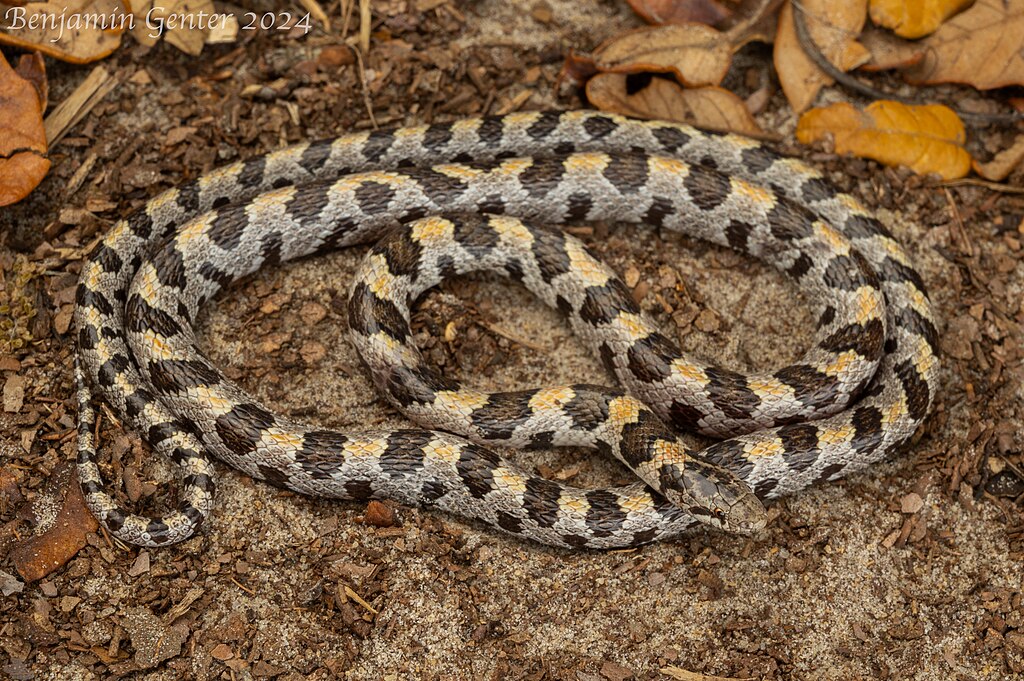
Regurgitation in snakes represents a complex interplay between evolutionary adaptations, environmental factors, and physiological responses. While occasionally normal as a defensive mechanism, repeated regurgitation typically signals problems that require attention. By understanding the various triggers—from stress and temperature issues to feeding errors and underlying health conditions—snake keepers can create optimal conditions that support healthy digestion. When regurgitation does occur, appropriate post-event care becomes crucial for recovery. With proper husbandry practices tailored to species-specific needs, most regurgitation incidents can be prevented, ensuring these remarkable reptiles maintain the digestive efficiency that has evolved over millions of years.

